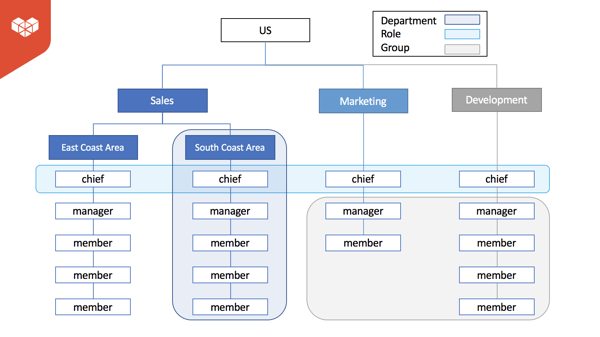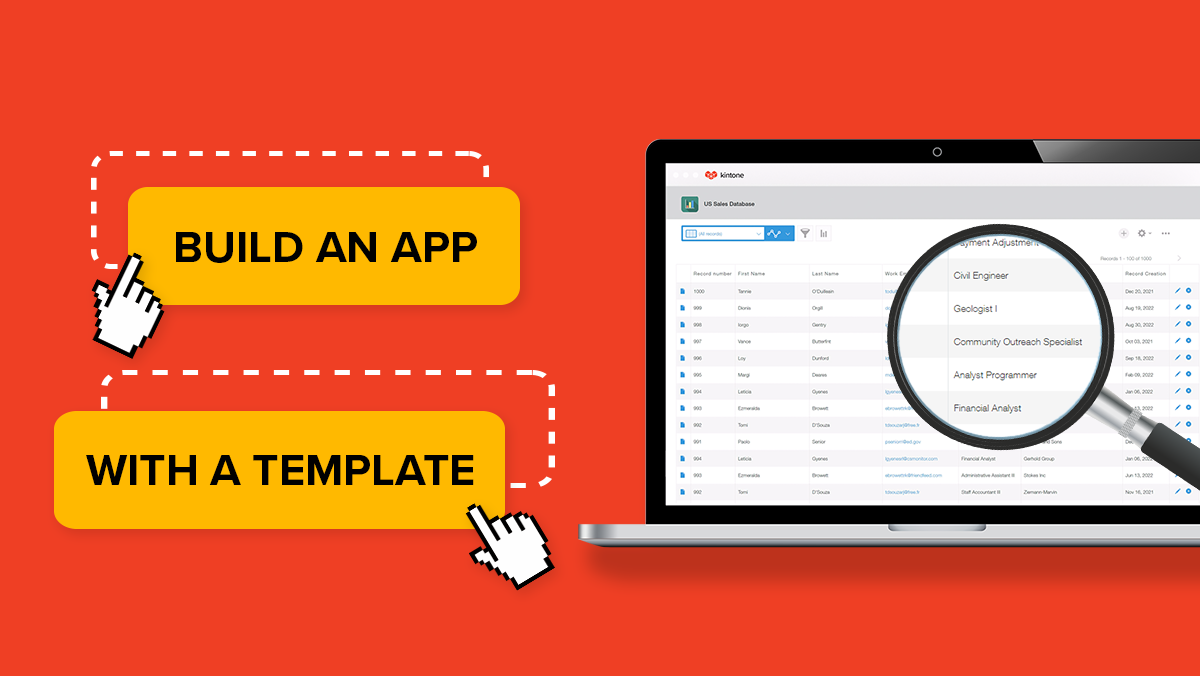Setting up Departments and Groups (or Roles) is beneficial when setting up app permissions, process management, notifications, or mentioning groups of people in comments. Instead of including each individual person, you can just add the entire department or group. Additionally, if an employee leaves the company, you won't have to go in and change any permissions. Simply add their successor to the group.
What's the difference between Departments and Groups (& Roles)?
When creating your Departments and Groups (or Roles), you'll notice they are located in different spots within User Administration. This is because they are setup a little differently and have a few different features associated with them. First, you'll want to setup your Departments and add each user into the appropriate Department. With Departments you can set them up with a hierarchy, add in Department Administrators to manage users profiles in their department, and setup Department Access Control to limit access to other users in different departments.
Groups allow you to dynamically add members. Once you have your Departments setup you can create Groups that add in members if they meet certain criteria, like belonging to certain Departments or having a specific Job Title. You can even include people from multiple departments in a single group.
Below you will find a visual on the differences between Departments, Groups, and Roles.

For a walkthrough on setting up Departments, Groups & Job Titles, check out the video below!
Questions? We're happy to help! Visit kintone.com/support.










